Wood is a versatile and renewable resource in construction work. It is quite strong, absorbs noise, biodegradable, economically efficient, and is quite good to work with.
As a result, it is very often used to build houses and furniture. There are, however, many different types of wood that can be used, and often, many of them go unnoticed when working.
This article will give you a breakdown of the different types of wood available to a worker and list some advantages to using each of them.
Types of Wood for Construction
There are two major categories of wood that most of the different types of wood all fall under. They are:
Hardwood
This wood is from dicot trees. They’re usually wood carved from deciduous trees. These can be identified from the other type of wood by the presence of pores and generally darker color.

As the name might imply, they are strong and dense. Due to their strength and durability, they are used often in constructing walls, floors, and porches. Examples of hardwood include Oak, Maple, Mahogany, and Cherry.
Types of Hardwood
Here, we’ll talk about different types of hardwood.
Maple
Maple wood is probably one of the most well-known and used hardwoods for walls and mostly flooring. There are several reasons for this. The main advantage is that maple has its strength, and it is resistant to moisture.
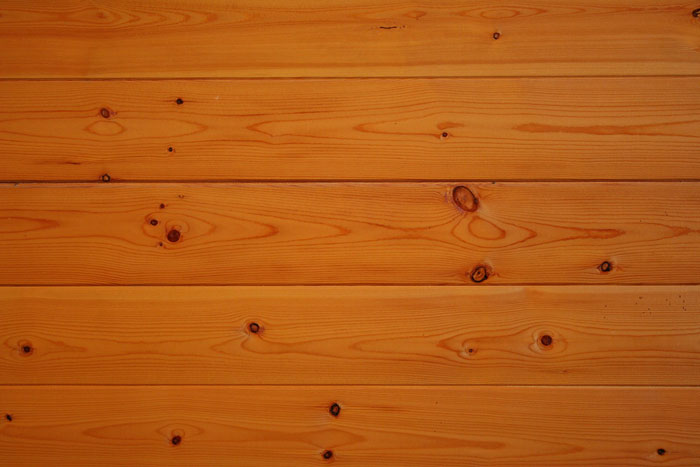
It is very durable and can last for many years. Another prime advantage of maple is that it can be stained and painted easily and thus can be used to construct very nice looking furniture and floors.
Oak
Oak is another popular hardwood used in construction. Similar to maple, it is quite strong and moisture resistant. It is also resistant to fungal and insect attack. Oak is used for furniture making and timber frames. It can come in a reddish tint or grey.
Mahogany
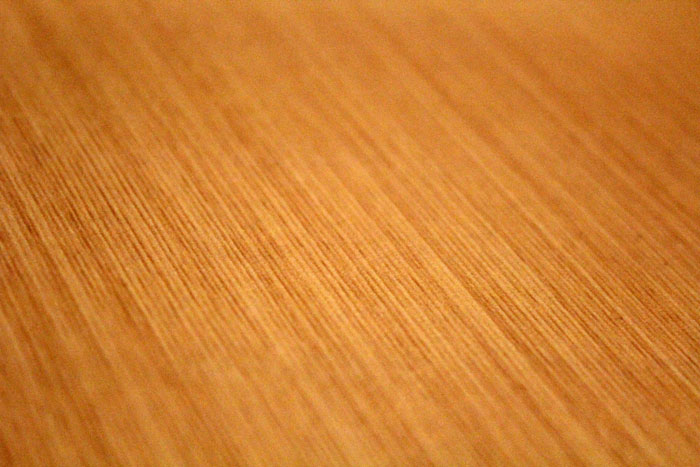
Mahogany is beautiful to look at and is used to make doors and furniture. It is a bit weaker compared to the previous two kinds of wood listed above. And it can also be stained to look better. The only issue of Mahogany is it is expensive and uncommon.
Ash
This type of wood has one main advantage over the others in that it can be bent quite easily. Using Ash, one can make curved pieces of wood for a more aesthetic look.
Other than that, Ash has similar levels of hardness and durability compared to the likes of Maple and Oak. It is relatively less expensive than most types of wood and works well with nail guns.
Teak
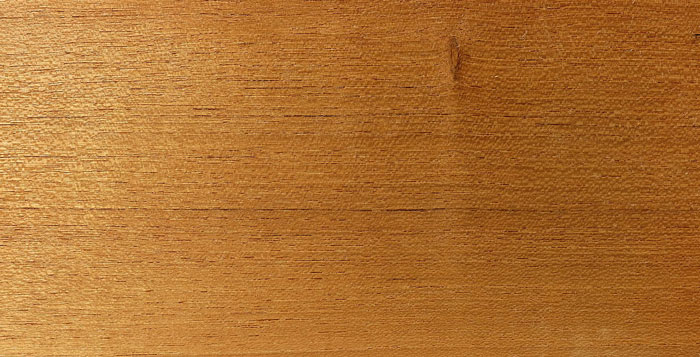
Teak is weaker than Maple and Oak but denser than Mahogany. It has high durability, is termite resistant, but its main draw is that it is water-resistant, a property that helps it stand out. This makes it very helpful for use in constructing boats and exteriors.
Softwood
This wood is from gymnosperm trees. They contrast hardwood in that they are much softer and a bit weaker. These also come in a much lighter color. It makes them much easier to work with than hardwood, and as a result, they have more applications, comparatively.
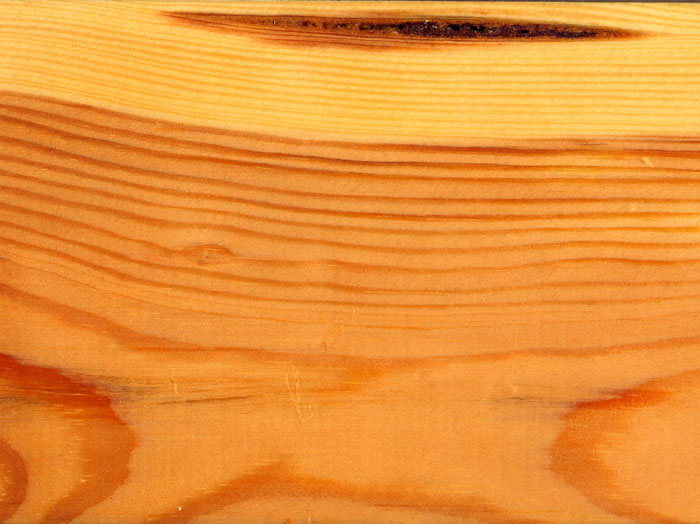
They are primarily used for furniture, doors, and most importantly, timber. Examples of softwood are Pine, Ash, Birch, and Cedar.
Types of Softwood
Here, we’ll talk about different types of softwood.
Cedar
Cedar is the most common type of softwood you will come across as it is used to build most outdoor furniture and patios.

It is moisture-resistant and soft enough that it is quite easy to work with and bend to shape. Cedar is neither too cheap nor too expensive and overall is quite helpful to work with. It also has an aromatic smell that it is quite known for.
Fir
This softwood stands out for being relatively denser and more durable than other softwoods. Hence, it is a good choice for construction work.
It should be noted that Fir has a somewhat unappealing look, and you can’t stain it as it will damage it. You can paint over the patterns, but getting smooth paint is a bit difficult. Overall if you need sturdy softwood, Fir is the best choice.
Pine
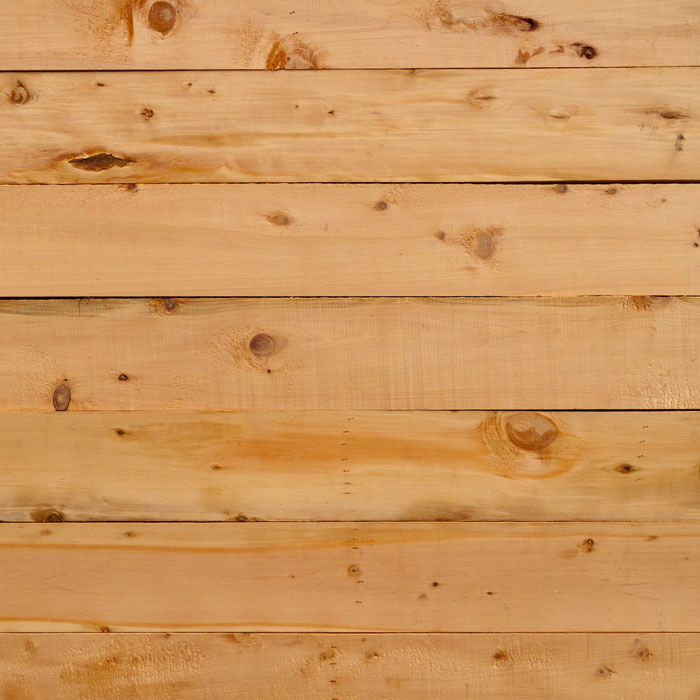
Pine is a very popular softwood. It is soft and thus easy to carve and frame. Also, it is relatively common and easy to come by. Unlike Fir, it doesn’t get ruined when stained. A slight problem with Pine is that some forms of it often secrete tree sap, which makes it a bit messy when working with it.
Conclusion
These are the common types of wood you may encounter when going off to buy them for your work. Hopefully, this article helps you get familiarized with some of them and helps you decide which ones you’ll be working with.

